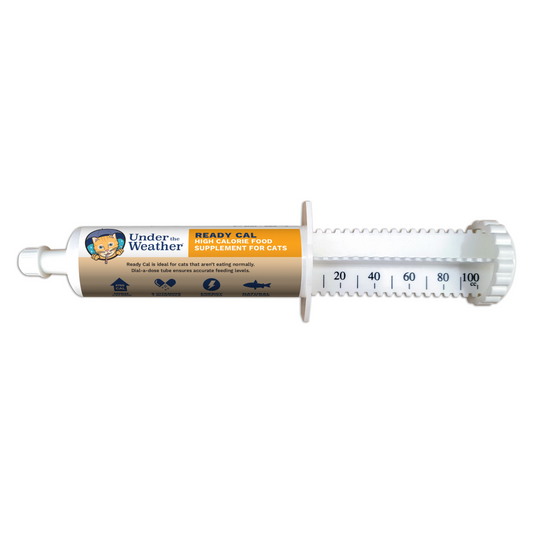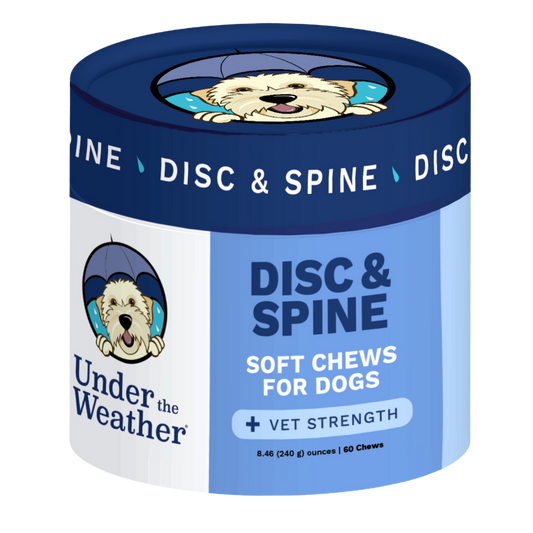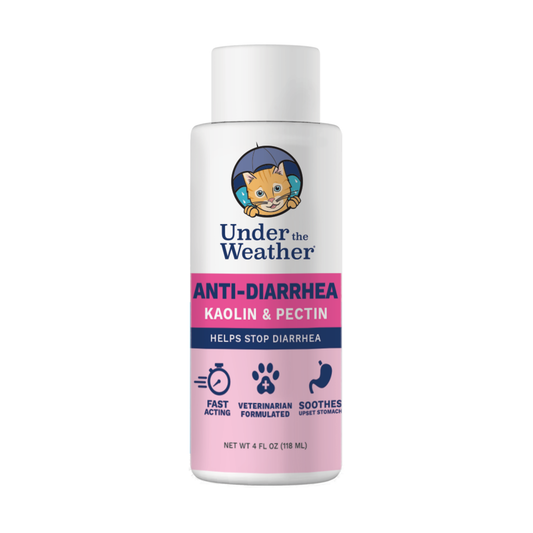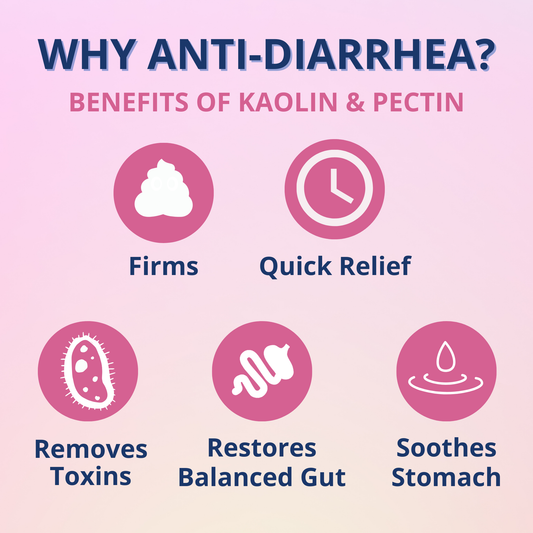Dachshunds are a beloved breed known for their long bodies and playful nature. However, they are also prone to a specific health condition called Intervertebral Disc Disease (IVDD). In this guide, we will explore the causes of IVDD in dachshunds and provide you with practical tips on how to prevent it.
Understanding IVDD: An Overview
IVDD is a degenerative condition that affects the spinal discs in dogs. These discs are located between the vertebrae and act as shock absorbers, allowing for flexibility and smooth movement. When these discs become herniated or ruptured, it can lead to pain, nerve damage, and even paralysis.
It is essential for dog owners, especially those with dachshunds, to be aware of the signs and symptoms of IVDD. Early detection and intervention can significantly improve the prognosis for affected dogs. Monitoring your pet's mobility, watching for signs of pain or discomfort, and seeking veterinary care at the first indication of trouble are crucial steps in managing this condition.
So, what exactly causes IVDD in dachshunds?
What Is IVDD?
IVDD occurs when the inner part of the disc, called the nucleus pulposus, pushes through the outer part and puts pressure on the spinal cord. This pressure can cause pain and neurological symptoms. In severe cases, surgery may be necessary to relieve the compression and restore function.
Why Are Dachshunds Prone to IVDD?
Dachshunds have a unique body shape compared to other breeds. Their long bodies and short legs put extra stress on their spinal discs, making them more susceptible to herniation. Additionally, genetic factors play a role in determining a dachshund's susceptibility to IVDD.
While IVDD is more commonly seen in dachshunds, it is essential to note that any dog breed can develop this condition. Factors such as obesity, age, and physical activity level can also contribute to the development of IVDD. Maintaining a healthy weight, providing regular exercise, and avoiding activities that put excessive strain on the spine can help reduce the risk of IVDD in all dogs.
The Role of Genetics in IVDD
While the anatomy of dachshunds predisposes them to IVDD, genetics also play a significant role in determining their risk. Certain genetic factors make some dachshunds more prone to developing this condition, while others may be less affected.
Genetic predisposition to Intervertebral Disc Disease (IVDD) in dachshunds is a complex interplay of various genes that influence the development and integrity of the spinal discs. These genes can affect the strength and elasticity of the discs, making them more or less susceptible to degeneration and herniation. Understanding the genetic basis of IVDD can help breeders make informed decisions to reduce the incidence of this debilitating condition in future generations of dachshunds.
Hereditary Factors in IVDD
Research has shown that IVDD has a hereditary component, meaning it can be passed down through generations. Therefore, it is crucial to consider the health history of both the sire and dam before breeding dachshunds. Responsible breeders should screen their breeding dogs for IVDD and only breed individuals who have a low risk.
Aside from IVDD, other genetic disorders may also be linked to dachshunds, underscoring the importance of thorough health screenings and genetic testing in breeding programs. By identifying and addressing these hereditary factors, breeders can promote the overall health and longevity of the dachshund population.
Breeding Considerations for Dachshunds
If you are a dachshund owner considering breeding, it is essential to work closely with a reputable breeder who prioritizes the health and well-being of their dogs. They will conduct appropriate health tests to minimize the risk of passing on IVDD to future generations.
Furthermore, advancements in genetic testing technologies have made it easier for breeders to identify carriers of genetic mutations associated with IVDD. By utilizing these tools, breeders can make informed decisions to selectively breed dachshunds with a lower genetic predisposition to IVDD, ultimately reducing the prevalence of this condition within the breed.
Importance of Diet and Exercise
Maintaining a healthy weight and providing regular exercise is crucial for preventing Intervertebral Disc Disease (IVDD) in dachshunds. This condition, common in the breed due to their elongated backs, can lead to painful spinal issues if not managed properly. In addition to weight management and exercise, ensuring your dachshund has proper support for their spine, such as using ramps instead of stairs, can also contribute to their spinal health.
When it comes to diet, it's not just about the quantity of food but also the quality. Opt for high-quality dog food that is specifically formulated for small breeds like dachshunds. These foods often contain the right balance of nutrients to support their unique needs, including joint health and weight management. Additionally, incorporating fresh fruits and vegetables as treats can provide added vitamins and minerals to support their overall well-being.
Ideal Weight for Dachshunds
Dachshunds are prone to weight gain, which puts additional strain on their backs. Consult with your veterinarian to determine your dachshund's ideal weight range and adjust their diet accordingly. Feeding them a balanced diet with appropriate portion sizes will help them maintain a healthy weight and reduce the risk of IVDD. It's important to monitor your dachshund's weight regularly and make adjustments as needed to keep them within the recommended range.
Recommended Exercise Routines
Dachshunds benefit from regular exercise, but it's important to avoid activities that put excessive strain on their backs. Instead, engage them in low-impact exercises like walking, swimming, and playing with toys. These activities not only help them burn off excess energy but also contribute to their overall health and well-being. Remember to tailor the exercise routine to your dachshund's individual needs and abilities, taking into consideration any existing health conditions they may have.
Regular Vet Check-Ups and Early Detection
Ongoing veterinary care is essential for the health of your dachshund. Regular check-ups can help detect any potential issues early on, including early signs of IVDD. It is recommended to schedule annual or biannual visits with your veterinarian.
Aside from regular check-ups, there are additional proactive steps you can take to ensure the well-being of your dachshund. Maintaining a healthy weight through proper diet and regular exercise can help reduce the risk of IVDD and other health issues common in this breed. Providing mental stimulation through interactive toys and training can also contribute to your dachshund's overall health and happiness.
Importance of Regular Vet Visits
During these visits, your veterinarian will perform a thorough examination, including assessing your dachshund's spine and neurological function. They may recommend additional diagnostics, such as X-rays or MRIs if they suspect any underlying issues. Catching IVDD in its early stages can significantly improve the prognosis and treatment options.
Furthermore, building a strong relationship with your veterinarian is beneficial not only for your dachshund's health but also for your peace of mind. Your vet can guide preventive care, nutrition, behavior, and any other concerns you may have regarding your beloved dachshund.
Recognizing Early Signs of IVDD
As a responsible dachshund owner, it's crucial to be aware of the early signs of IVDD. These may include reluctance to jump, hesitation to use stairs, stiffness or limping, decreased activity levels, and potential changes in bladder or bowel control. If you notice any of these signs, contact your veterinarian promptly for further evaluation and guidance.
Remember, early detection and intervention are key in managing IVDD and ensuring the best possible outcome for your dachshund. By staying vigilant and proactive in your dachshund's healthcare, you are taking important steps toward providing a happy and healthy life for your furry companion.
Practical Home Adjustments for Prevention
Creating a dachshund-friendly home environment can further reduce the risk of IVDD. The following tips will help you make the necessary adjustments to keep your dachshund safe.
Creating a Dachshund-Friendly Home
Ensure your home is free from hazards that may cause injury or put strain on your dachshund's back. For example, provide ramps or steps to help them access higher surfaces without jumping. Remove any obstacles or clutter that may lead to accidents or falls. Consider using orthopedic bedding to provide optimal comfort and support.
Additionally, it's important to create designated areas for your dachshund to rest and relax. These areas should be cozy, quiet, and away from high-traffic areas to ensure your pet can unwind and recharge without disturbances. Providing a variety of comfortable resting spots throughout your home will give your dachshund options to choose from based on their mood and the temperature of the room.

Avoiding High-Impact Activities
Avoid high-impact activities that may increase the risk of disc herniation. This includes activities such as jumping from heights, rough play, and repetitive actions that strain the back. Instead, encourage gentle play and provide them with appropriate toys and puzzles to keep their minds engaged.
Furthermore, incorporating low-impact exercises into your dachshund's daily routine can help strengthen their muscles and improve their overall health. Activities like short walks, gentle swimming sessions, and interactive games that promote movement without excessive strain are ideal for keeping your dachshund active and healthy. Remember to consult with your veterinarian to determine the most suitable exercise regimen based on your dachshund's age, weight, and health condition.
Conclusion
By understanding the causes of IVDD in dachshunds and taking preventive measures, you can significantly reduce the risk of this condition. Remember to maintain a healthy weight, provide regular exercise, schedule regular vet check-ups, and make necessary home adjustments. By prioritizing your dachshund's well-being, you are giving them the best chance of leading a long, healthy, and pain-free life.












